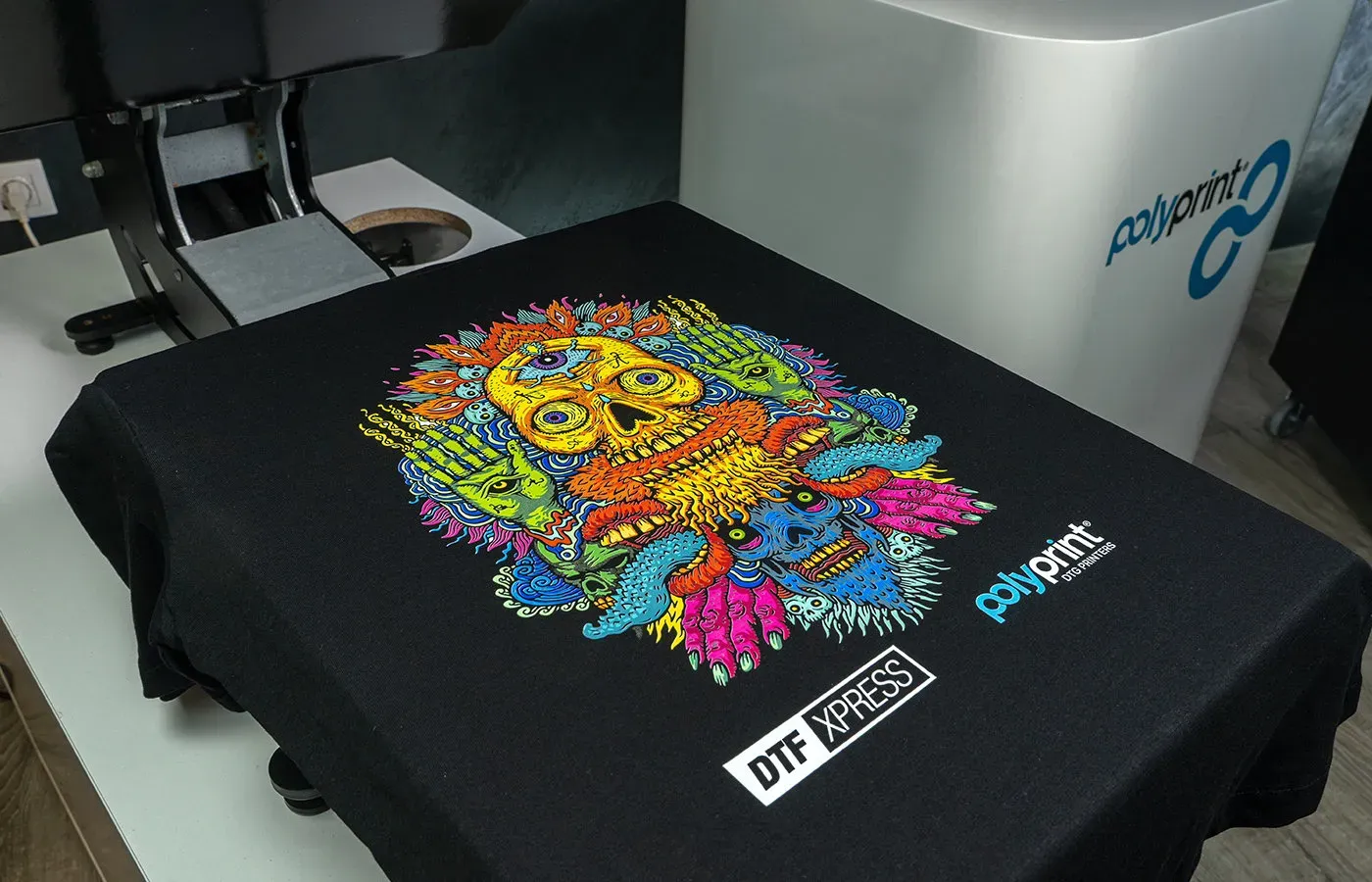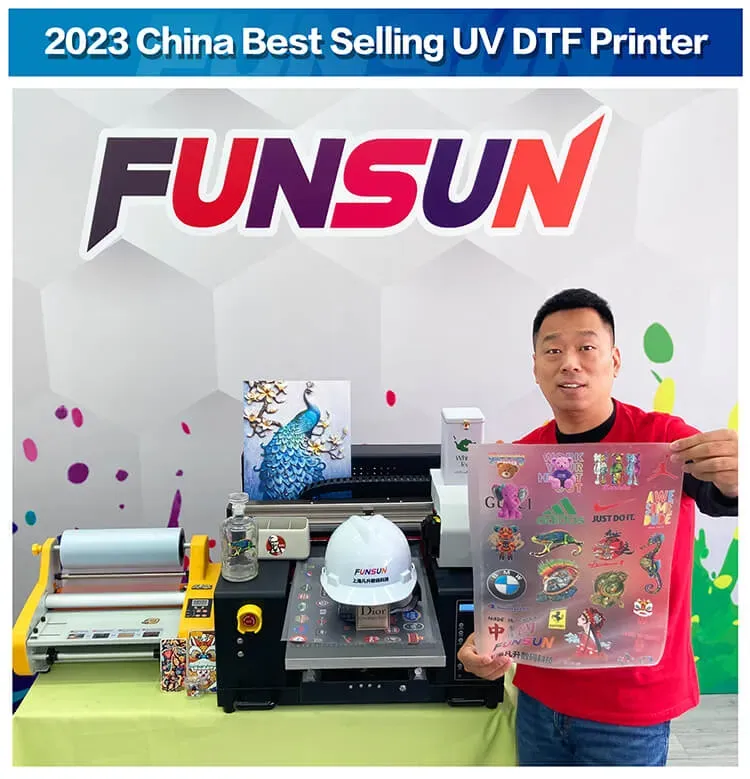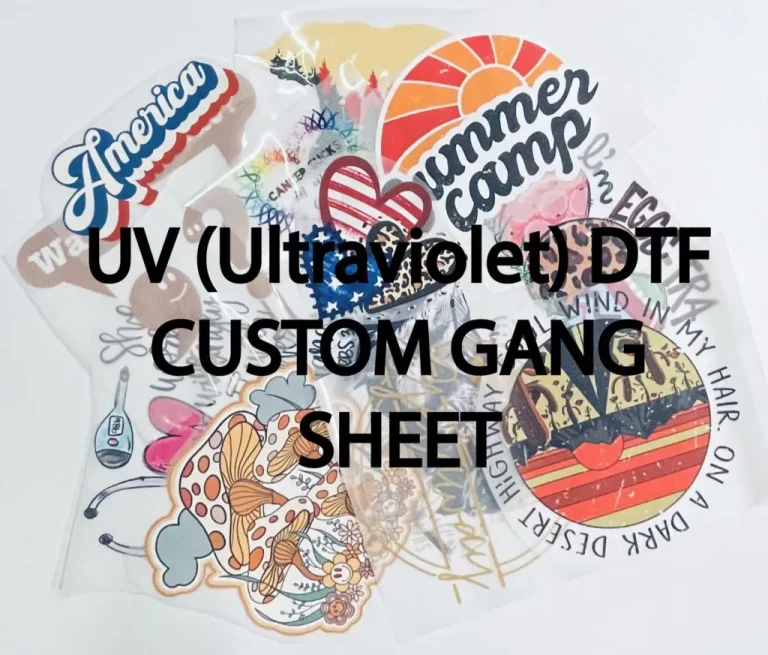DTF Printing: Revolutionizing Textile Printing Techniques
In recent years, DTF printing, or Direct to Film printing, has emerged as a revolutionary force within the textile printing industry. This innovative technology offers a modern and efficient approach to custom garment printing, providing businesses with the ability to produce high-quality designs on a variety of materials. Unlike traditional methods, DTF printing allows for greater flexibility and reduced waste, making it an attractive option for both small and large-scale operations. With its on-demand printing capabilities, companies can create vibrant, detailed graphics that resonate with customer preferences, all while maintaining cost-effectiveness. As we delve deeper into how DTF technology is reshaping the market, we’ll discuss its advantages, industry developments, and what the future holds for textile printing.
The textile printing landscape is undergoing a substantial shift with the rise of Direct to Film, or DTF, technology, often referred to as film transfer printing. This method enables the seamless application of vivid designs onto garments and fabrics, distinguishing itself from traditional options like screen printing and heat transfer techniques. DTF allows for diverse material compatibility, making it a preferred choice for businesses venturing into custom garment or personalized apparel. As consumer demands evolve towards unique, on-demand printing, this innovative solution is paving the way for improved efficiency and expanded creative possibilities in the textile market. By adopting this advanced printing approach, companies can effectively respond to the growing appetite for tailored products and designs.
Understanding Direct to Film (DTF) Printing
Direct to Film (DTF) printing is an innovative printing method that offers a modern solution to the textile industry’s demands. This technology involves printing graphics onto a special film which can then be transferred onto various types of fabrics through heat application. This process maximizes design quality and color vibrancy, making DTF a favorite among custom garment printers. The flexibility of DTF also extends to the range of materials it can accommodate—whether it’s cotton, polyester, or synthetic blends, DTF printing proves to be a versatile choice.
One of the significant benefits of DTF printing is its efficiency in creating small runs of customized garments. Unlike traditional printing methods, which often require considerable setup time and material waste, DTF enables on-demand production. This results not only in reduced operational costs but also in minimal waste, supporting sustainable practices within fashion and textile businesses. Furthermore, as customer preferences shift towards unique, personalized items, DTF stands out for its ability to cater to these trends effectively.
Advantages of DTF Technology in Textile Printing
The adoption of DTF technology brings a plethora of advantages to the textile printing industry. Primarily, DTF printing offers unparalleled versatility, allowing businesses to print on a wide range of substrates—this versatility is crucial for companies looking to diversify their offerings. Traditional methods such as screen printing often limit businesses to specific fabrics, whereas DTF opens up a world of possibilities, accommodating a variety of materials including dark fabrics and specialty textiles.
Moreover, DTF printing is characterized by its ease of use, making it an attractive option for small businesses and startups. The simplified workflow allows operators with minimal training to produce high-quality prints quickly. This ability to create custom designs in reduced timeframes supports the growing market trend for personalized and on-demand textile products, thereby providing smaller enterprises an edge over larger competitors who rely on bulk production techniques.
Recent Innovations in DTF Printing Technology
In the constantly evolving world of textile printing, innovation plays a pivotal role in determining a company’s success. Recently, companies like Snuggle and Eazydtf have made significant strides in expanding their DTF offerings. Snuggle DTF, for instance, has introduced an online platform that streamlines the process of creating and selling DTF print transfers, aiming to maximize efficiency and output quality in commercial environments.
Eazydtf’s recent investment in large-format DTF printers further illustrates the ongoing commitment to enhancing DTF capabilities. This investment not only increases production capacity but also ensures that businesses can meet the rising demand for custom printing solutions. By introducing such cutting-edge technology, these companies reinforce DTF’s position as the leading choice for contemporary garment printing.
Embracing On-Demand Printing with DTF
As consumer behavior shifts towards seeking unique and personalized textile products, on-demand printing has never been more relevant. DTF printing technology embodies this model perfectly by allowing businesses to produce custom designs as needed, thereby eliminating excess inventory and reducing waste. This on-demand capability is particularly beneficial for small to medium-sized enterprises that may not have the resources to maintain large stock levels.
Additionally, the immediacy that DTF printing offers aligns seamlessly with current market trends favoring quick turnaround times. Businesses that adopt this technology are positioned to cater directly to consumer needs, enhancing customer satisfaction and fostering loyalty. The ability to quickly respond to changes in consumer preferences is crucial for maintaining competitiveness in today’s fast-paced marketplace.
Challenges Faced by DTF Printing Users
While DTF printing presents numerous advantages, it is essential to recognize the challenges associated with this technology. One notable issue is the technical knowledge required to operate DTF printers effectively. As advanced as DTF technology is, it still requires a certain level of training and understanding to achieve the desired print quality and durability. Companies must invest in training personnel to ensure optimal operation of their printing equipment.
Another challenge is the ongoing need for quality control. Maintaining consistent print quality is crucial, particularly in markets where consumer expectations are high. Manufacturers must ensure that their DTF printing processes can produce garments that withstand wear and washing without compromising on design integrity. This attention to detail is vital for sustaining brand reputation and achieving customer satisfaction.
The Future of Textile Printing with DTF Technology
As the textile printing industry continues to evolve, DTF technology is poised to play a crucial role in future innovations. With its ability to cater to on-demand production and customization, DTF stands out as a viable solution for businesses looking to adapt to changing market dynamics. This technology not only meets the demand for personalized products but also aligns with the growing emphasis on sustainable practices by minimizing waste.
Looking ahead, the expansion of DTF technology holds promise for entrepreneurs and established companies alike. The integration of automated systems and advancements in DTF printer capabilities will likely enhance production efficiency and reduce operational costs, making it even more accessible for small to medium-sized businesses. As DTF continues to pave the way for a new standard in textile printing, it encourages innovation and creativity in design, setting the stage for an exciting future in the industry.
Frequently Asked Questions
What is Direct to Film (DTF) printing?
Direct to Film (DTF) printing is a modern textile printing technique where designs are printed onto a specialized film that can be transferred onto fabrics using heat. This method offers greater flexibility and efficiency compared to traditional printing methods, making it ideal for custom garment printing.
How does DTF printing differ from traditional textile printing methods?
DTF printing differs from traditional textile printing methods like screen printing by allowing for vibrant color reproduction and the ability to print on various materials. Unlike screen printing that requires a different setup for each color or design, DTF enables quick changes, making it perfect for on-demand printing.
What are the main advantages of DTF technology for custom garment printing?
The main advantages of DTF technology for custom garment printing include versatility in material choices, ease of use for short production runs, and cost-efficiency through reduced waste. This allows businesses to cater to individual customer needs without needing large inventories.
Can DTF printing be used on various fabrics?
Yes, DTF printing can be used on a wide variety of fabrics including cotton, polyester, and blends. This adaptability is one of the key benefits of DTF technology, providing custom garment printers with the ability to expand their offerings significantly.
What recent developments are influencing the DTF printing industry?
Recent developments in the DTF printing industry include advancements from companies like Snuggle, which launched a platform to streamline DTF transfers, and Eazydtf’s investment in large-format printers. These innovations are driving efficiency and expanding the services available to businesses using DTF technology.
What challenges do businesses face when adopting DTF printing?
While DTF printing offers numerous benefits, challenges include the technical knowledge required to operate the printers effectively and the need for consistent quality control to ensure durability of prints. Businesses must address these to fully leverage the advantages of DTF technology.
| Key Points | Details |
|---|---|
| What is DTF Printing? | DTF, or Direct to Film, is a printing technology that involves printing designs on a special film for heat transfer to textiles. |
| Key Advantages | 1. Versatility in Material Choices: Able to print on various materials unlike traditional methods. 2. Ease of Use: Simplifies production for short runs and custom designs. 3. Reduced Waste and Cost-Efficiency: On-demand production minimizes waste. |
| Recent Developments | 1. Expansion of Services by Snuggle: Enhances efficiency with 15,000 daily prints. 2. Major Investment by Eazydtf: Investing in large-format printers to boost capabilities. 3. AM.CO.ZA’s Compact Printer: Making DTF tech accessible for small businesses. |
| Market Trends | The shift towards on-demand printing aligns with consumer demand for personalized textiles, making DTF highly relevant. |
| Challenges | Technical know-how is essential, and maintaining quality control is crucial for successful DTF printing. |
Summary
DTF printing, or Direct to Film printing, has revolutionized the textile printing industry by offering unparalleled versatility and efficiency. This innovative technology allows for high-quality designs transferred onto various fabrics, making it an ideal solution for both small businesses and larger enterprises. Key advantages include the ability to print on multiple material types, ease of use in the production process, and significant cost savings by reducing waste through on-demand printing. Recent technological advancements from companies like Snuggle and Eazydtf further illustrate DTF’s growing impact on the market. As the demand for personalized products increases, DTF printing positions itself as a leader in transforming how garment printing is approached, driving both innovation and efficiency in the textile industry.





